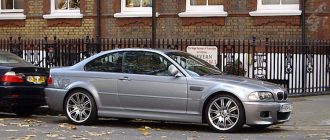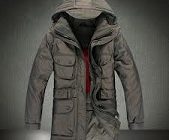Interested in the German Eagle crest? Learn more about the coat of arms and German Eagle crest from ancient times to modern-day…
When it comes to German heraldry it is actually a reference to the cultural tradition and style of heraldry. This was prominently utilized in both historic and modern Germany along with the Holy Roman Empire. Present on the noble and burgher arms, civic and national arms, heraldry as well as the heraldic descriptions and displays, the German eagle crest transcends time in its presence and representation of Germanic people.
Difference in the German Eagle Crest and Heraldry Tradition
The Germanic heraldry tradition is distinct in that it scarcely utilizes heraldic furs, inseparability of the crest, multiple crests and repeated changes in the crest and shield. In fact, the mullets are six pointed and the beasts printed on them have different patterns like the bends, bars and checks.
Origin of the Present-day German Eagle Crest
When it comes to the German eagle crest, like the other European heraldry traditions, the lion and eagle are utilized most commonly. They have a special significance in Germany because the eagle is the symbol of the Holy Roman Empire, whereas the lion represented specific feudal lords. By the late Middle Ages there was a political divide. These two groups were the most prominent political powers. They were the house of Welf and the house of Hohenzollern, and both were depicted by the German eagle crest. The eagle was therefore considered the sovereign symbol representing imperial power.
Modern German Eagle Crest
Today you can find German civic heraldry on the National coat of arms of Germany. The crest was adopted officially on January 20, 1950. It was already considered a symbol for kings and emperors in Germany. The imperial eagle used in the 13th century followed the present-day German colors of a black eagle in a golden field. However the claws and beak are printed in red.
The eagle crest was profusely used until the 14th century then faded out. When Germany was an empire it showed the single headed eagle. But when the king was chosen he was rarely promoted to the rank of Emperor. Therefore, a single headed eagle depicted the king while the double headed eagle stood for the Emperor and the empire.
Temporary Nazi Crest
After The First Word War all the Prussian symbols were removed and the plain single headed eagle was utilized. However, during the reign of the Nazis the old heretic arms were totally removed and replaced by the new nationalistic symbol, the swastika. This was also helped by a stylistic eagle. The local councils were encouraged to adopt the heraldic arms even though the national state itself did not use the arms.
When Germany was divided followingWorld War II, West Germany used the old arms of the Republic. However the German Democratic Republic utilized the socialist logo in the 1950s, which was the garland of corn and a hammer. This represented the farmers and laborers. However, this was short-lived. With the advent of Hitler and his Nazi party, the eagle became more stylized and aggressive looking. It was extremely stylized and perched on top of the same style of oak wreath encircling the swastika. Known as the Parteiadler, the eagle facing left was used as the symbol for the party. Facing right it was known as the Hoheitszeichen, which was the national symbol.




